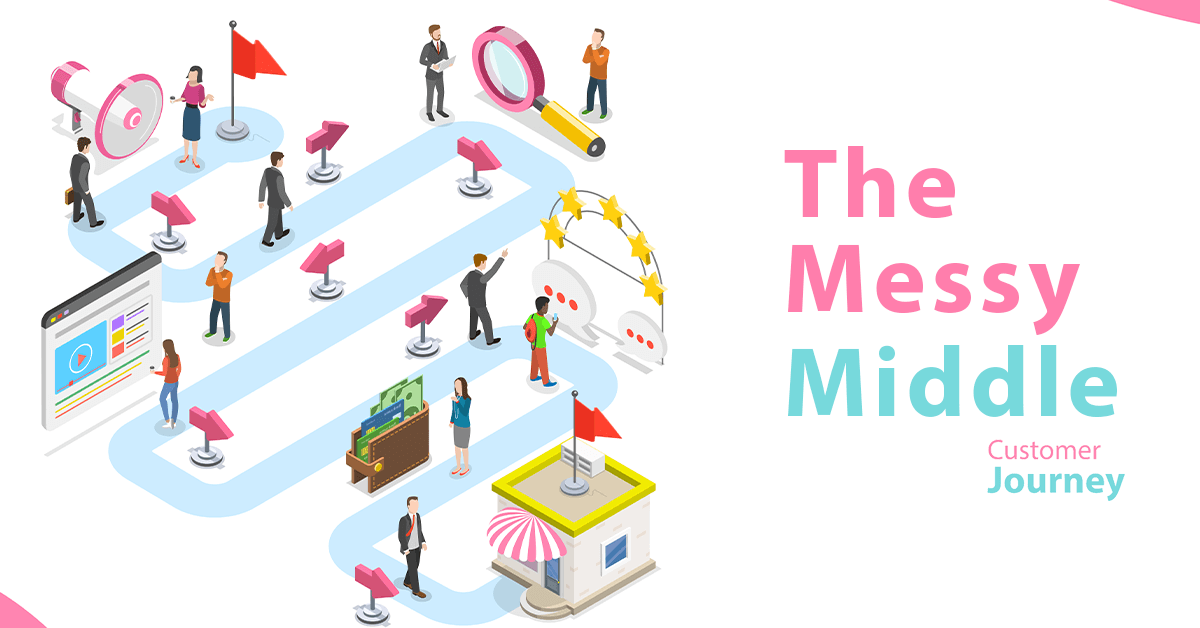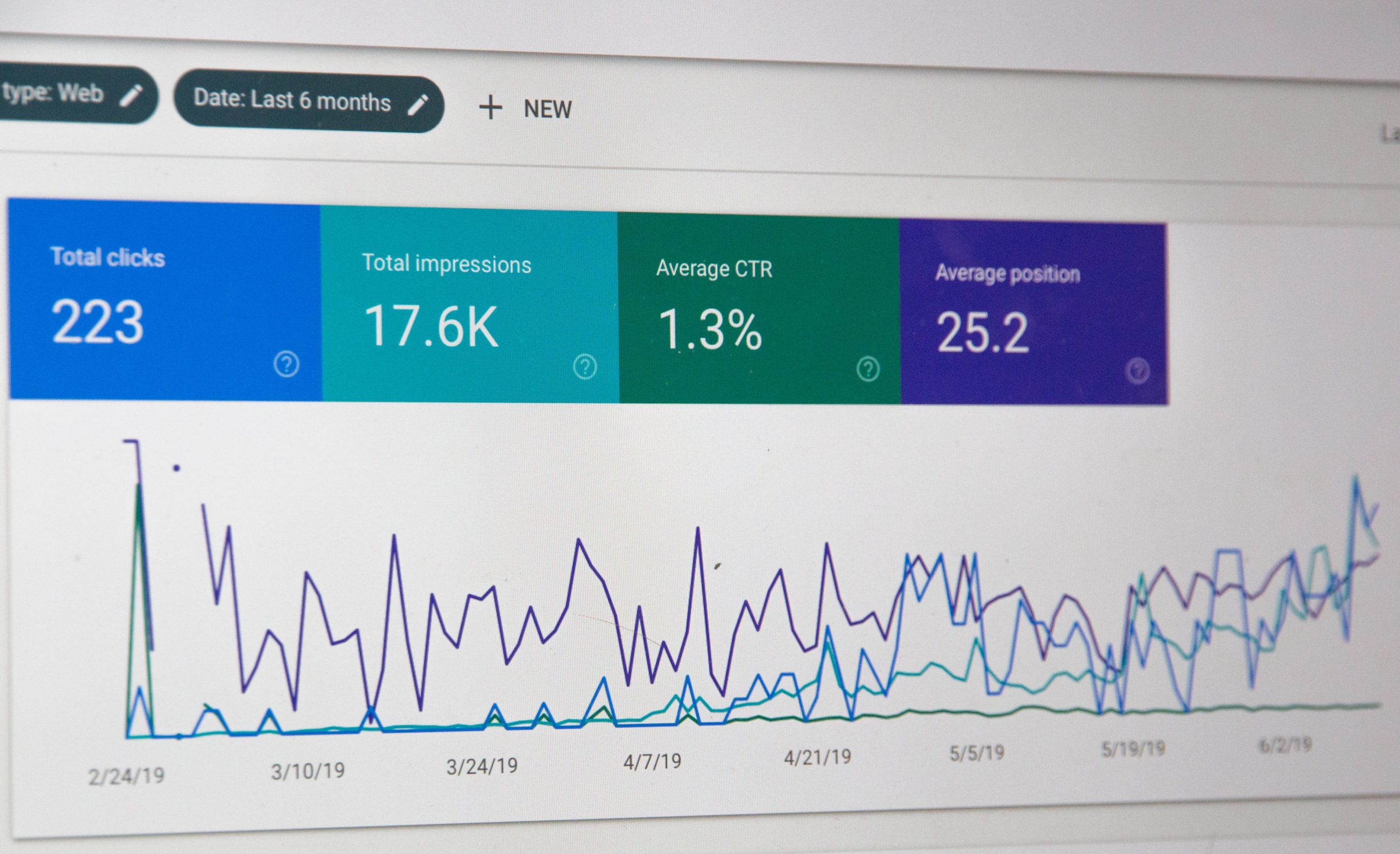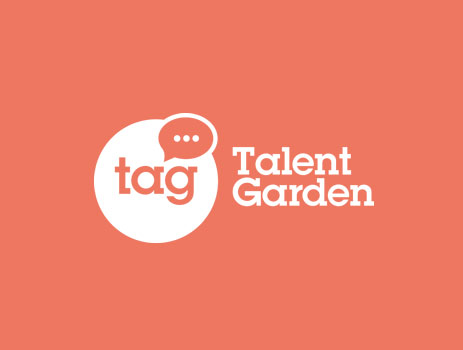Marketing
3
min read
What is the Messy Middle and how it affects the funnel and conversions


Don't you want to read? Try listening to the article in audio mode 🎧
The Messy Middle: the definition according to Google
The Messy Middle is a model developed and proposed by Google, which defines the decision-making path of Users. In other words, it is a new paradigm for defining a funnel. It is different from the traditional ones to which we are accustomed in digital marketing, where phases, albeit variable, are quite standard and well defined. In traditional purchase funnels, we move from higher stages of comparison and in-depth analysis, to lower stages, which involve the actual purchase. With the messy middle, everything changes, the touch points are diversified and become increasingly chaotic. What happens between the first stimulus, called “trigger”, that is an inciting factor, and the actual purchase, is not linear and changes from one person to another. (Source: Google)
(Source: Google)
How does User’s decision-making work in the Messy Middle?
The decisions of the Users within the Messy Middle, or rather the journey from the stimulus to the final purchase, are governed by chaos. Researchers at Google refer to confusion and being overwhelming for the Users, when describing this phase. Basically, you gather information on products, brands and retailers from different sources, and then all available options are evaluated. On the one hand, there is a processing activity, the exploration phase while on the other there is evaluation, that is the reductive phase. Any activity of an online User, whether on Social Media, on Search Engines or on other types of sites, can be classified into one of these two phases. As already mentioned, however, the process is not linear, the two phases are not consequential. The cycle is continuous and repeats itself, both as a result of the evaluation activity and as a result of new stimuli (triggers).How is the user influenced during purchasing decisions
In this loop between exploration and evaluation, repeatedly influenced by external stimuli and factors, Google identifies 6 cognitive biases, which influence Users' purchasing decisions. A cognitive bias, studied in the behavioral sciences and central in Google experiment that led to the definition of the Messy Middle, is essentially a distortion of the evaluation process. Let’s have a look at those that can greatly influence Users during purchase:- Category heuristics: clearly-explained brief information that simplify purchasing decisions. Going straight to the point and catching Users’ needs can be considered as a significant advantage.
- Power of now: fast shipments, high availability of delivery types, guaranteed and verifiable timing. The faster I can use the product, the greater my propensity to buy it, preferring it to others.
- Social proof: a more expensive product with lots of positive reviews may be preferred to one that is identical, but with less reputation. Verified online reviews or recommendations from other people in your own social network, can affect the choice of one brand over another.
- Scarcity bias: a low-availability product is considered more desirable, especially if the stimulus is strong.
- Authority bias: industry experts or authoritative industry sources’ opinions make a product more desirable.
- Power of free: a product that offers an extra discount, or a free gift with its purchase, may be preferred to another that does not ensure the same return.
How to stand out in the Messy Middle
So what is the key that makes Users choose our products? What are the most effective methods available to digital marketing professionals? As in many other cases, there is no pre-designed recipe that is good in all cases. Analysis activities, such as testing and promotion, are increasingly fundamental to fully understand the needs of Users and help them decide, without leaving the Messy Middle loop or other artificial forcing. Studying, evaluating and applying the principles of behavioral science to our marketing and communication strategies can be a very effective way to make our product known and to be chosen by consumers. As well as spreading the Brand’s presence, ensuring that it is present and that Users remember it, during options exploration stage. Or, studying the behavior of your Users and bringing the moment of stimulus closer to that of purchase, so as to prevent the risk of exposing consumers to competition. Those we have listed are just some of the techniques and possible approaches to make yourself known in the chaos of the Messy Middle. The key is the continuous experimentation, even contaminating business teams, in order to leave no gaps in Users’ decision-making process.Conclusion
In a context increasingly studded with chaotic and uncontrollable phases and purchasing decisions, it is essential to have digital marketing professionals trained for change, who are able to analyze and understand the behavior of their Users and to make decisions, including innovative and unconventional ones. Key decisions which can make a difference, both in the purchase process and in brand and products consideration.
Article updated on: 09 August 2023

Don't Waste Your Talent. Turn It Into a Career With a Course That Fits Your Needs!
Talent Garden is your Digital Skills Academy, offering courses in Digital Marketing, UX Design, Digital HR and Data Analysis designed to launch your career.
Keep reading

4
min read
Attribution Models: what they are, what they are for and which are the most popular for Digital Marketing
In the digital world one hears increasingly of Attribution Models. Attribution models for Facebook, for Google Ads, for ...
Talent Garden
04/03/2022

2
min read
What is the Difference between a CoWorking place and a Shared Workplace?
If you look up the definition of Coworking, it will give you the Oxford Dictionary definition saying “The use of an ...
Talent Garden
07/12/2017

4
min read
How to become a Chief Risk Officer (or Risk Manager)
What is Risk Management: the definition Risk management is a task that includes all identification processes, ...
Talent Garden
04/03/2022

4
min read
Atomic Design: what it is and why it is important in UI
The definition “design system” indicates a set of specifications that allow the creation of consistent user interfaces ...
Talent Garden
10/03/2022
